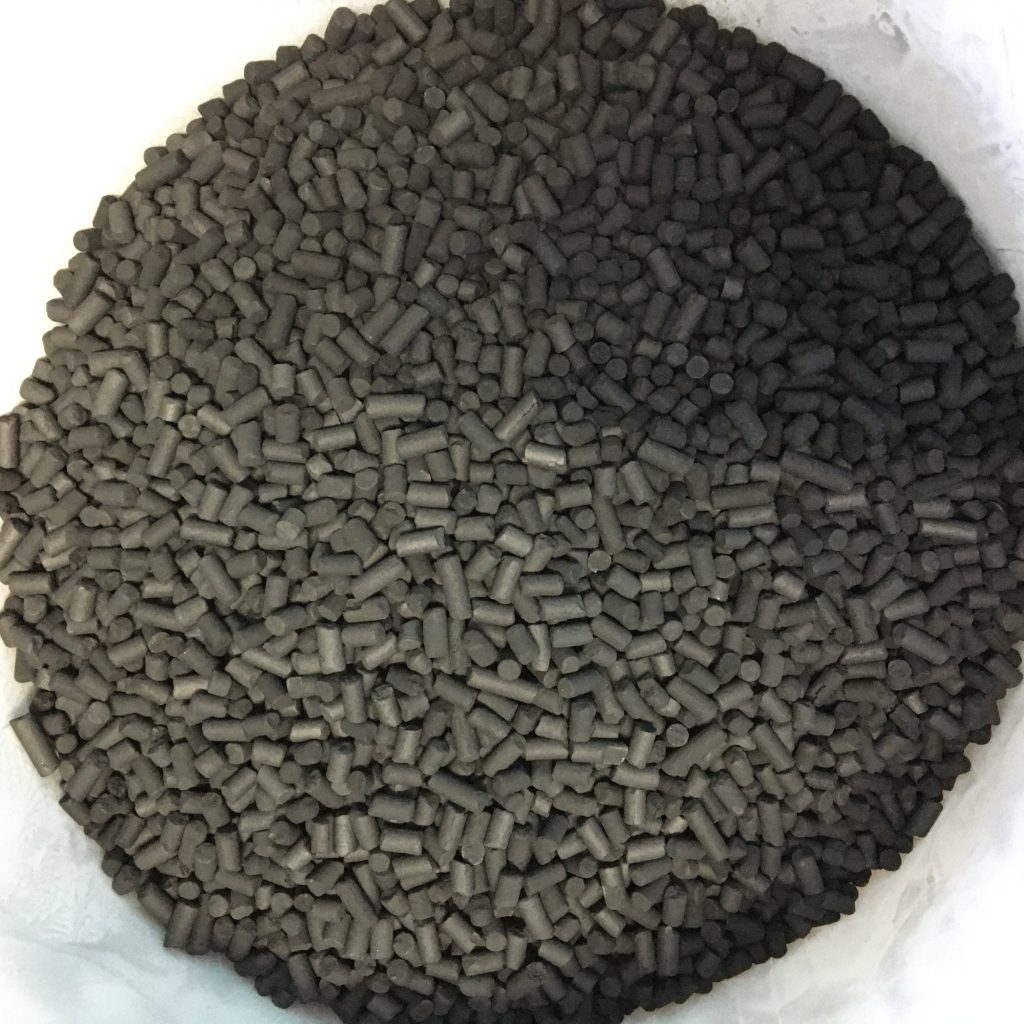

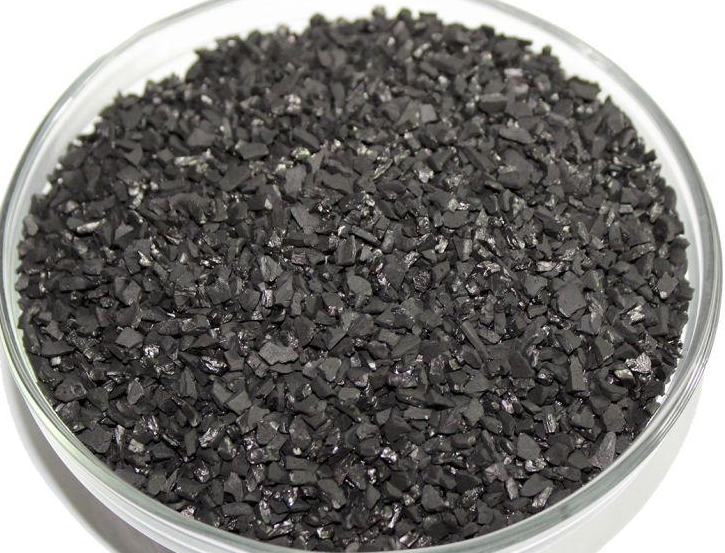
Study of Activated Carbon- Methane Adsorption Characteristic Curves
Activated carbon, a highly porous material with a large surface area, is widely used for adsorbing various gases and vapors. The adsorption characteristics of activated carbon can be represented by adsorption isotherms, which describe the relationship between the amount of gas adsorbed and the pressure or concentration of the gas at a given temperature.
Methane, the main component of natural gas, is a relatively small and light molecule. When methane is exposed to activated carbon, adsorption occurs due to van der Waals forces and other interactions between the methane molecules and the activated carbon surface. The adsorption capacity of activated carbon for methane depends on several factors, including the specific surface area, pore structure, and surface chemistry of the activated carbon, as well as the pressure and temperature of the gas.
Activated carbon typically exhibits Type I or Type II isotherms for methane adsorption, depending on the pore structure and surface characteristics of the activated carbon.
Type I: This type of isotherm is characteristic of microporous materials with a uniform pore size distribution. It exhibits a sharp increase in adsorption at low pressures, followed by a plateau and a gradual decrease in adsorption at higher pressures.
Type II: This isotherm is characteristic of mesoporous materials with a uniform pore size distribution. It shows a combination of Type I and Type II behaviors, with a sharp increase in adsorption at low pressure, followed by a plateau and a gradual increase in adsorption at higher pressures.
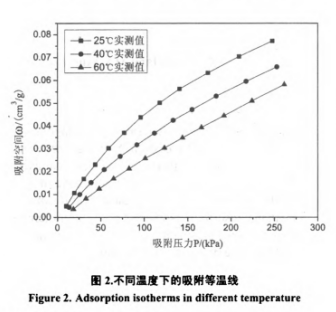
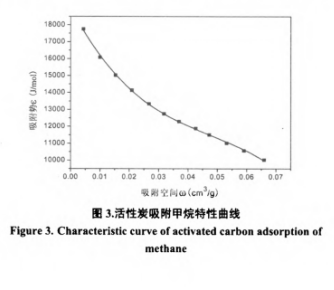
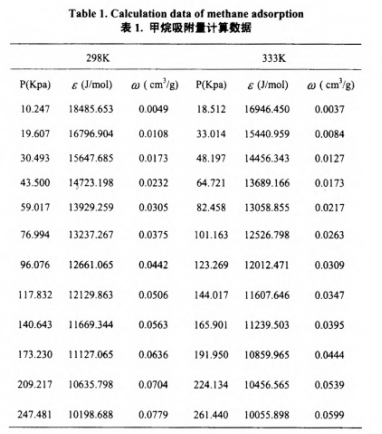
Practical Applications:
Activated carbon-methane adsorption characteristic curves have practical applications in various fields, including:
Natural gas storage: Activated carbon can be used for storing methane gas, which can be useful for balancing supply and demand in the natural gas industry.
Methane capture and utilization: Activated carbon can be used to capture methane from various sources, such as landfills, wastewater treatment plants, and agricultural operations. This captured methane can be utilized as a renewable energy source or converted into other useful products.
Gas purification: Activated carbon is used in gas purification systems to remove impurities and contaminants from gases, such as methane, by selectively adsorbing them.
Air pollution control: Activated carbon is employed in air pollution control systems to remove odorous compounds, volatile organic compounds (VOCs), and other pollutants from the air.
Medical applications: Activated carbon is used in medical applications, such as poison control, to adsorb and remove toxins from the body.